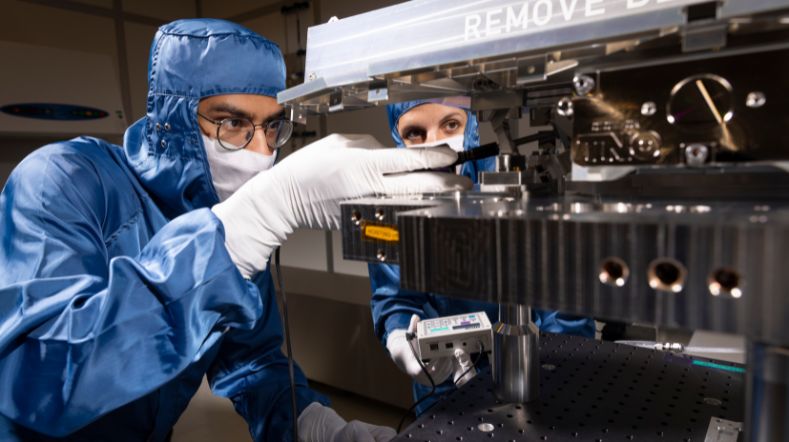
Researchers call for Dutch leading role in global methane monitoring
At the COP28 in Dubai, countries want to reach new agreements to reduce emissions. This requires the identification of emission sources. The Netherlands has extensive experience with satellites that monitor methane emissions. Researchers from SRON, KNMI, TNO and TU Delft see huge methane plumes over landfills and fossil fuel extraction with their current space instrument TROPOMI. They are now jointly advocating for the Netherlands to take a leading role in identifying more of this low-hanging fruit worldwide. All the knowledge is on board. The Netherlands has a unique opportunity to take the world by the hand in monitoring methane, but that requires long-term commitment.'
Human methane emissions account for a large proportion - 45% - of net global warming. Unlike CO2, methane disappears from the atmosphere relatively quickly - after ten years - so less emissions quickly mean lower concentrations in the air. However, methane emissions continue to rise.
Low-hanging fruit
Because of methane's short lifetime, tackling emissions brings quick climate benefits. What is more, some of these emissions are also highly concentrated in certain places. Huge plumes of methane leak from so-called super-emitters. These are often landfills, coal mines or oil and gas installations. 'This is the low-hanging fruit in the fight against climate change,' says Aaldert van Amerongen (SRON) of the Dutch Clear Air Consortium. 'Just the methane super-emitters we find ourselves have a combined climate impact that is greater than the total greenhouse gas emissions of the whole of the Netherlands, including CO2. If we tackle those leaks, we can make quick climate gains with little effort. But first you have to identify them, which can be done worldwide with satellites. And that is exactly what we are very good at in the Netherlands.’
Dutch expertise
Within the Clear Air Consortium, SRON, KNMI, TNO and TU Delft collaborate on research and technology related to emissions monitoring. Since 2017, they have been discovering more and more large methane leaks with the Dutch space instrument TROPOMI. TROPOMI has daily global coverage, but relatively low resolution. That is why they are working on the TANGO satellite to measure CO2 and methane from 2027.

'We only see the tip of the iceberg. With better understanding of local emission sources, countries can develop more effective policies to reduce emissions. The Netherlands' potential as a leader in this field is recognized worldwide, so we must maintain this technological leadership'.
The consortium is calling on the Dutch government to include climate research and satellite monitoring as a key mission in its long-term space agenda.
Monitoring needed
Although legislation on methane emissions is still being developed globally, several monitoring mechanisms are already being launched at COP28, by the United Nations and others. Their IMEO-MARS initiative addresses super-emitters about their leaks and makes them public after some time for repairs. 'The UN is committed to reducing methane and CO2 emissions, but they have limited visibility,' says Pepijn Veefkind (KNMI). 'There is an urgent need for proper monitoring of greenhouse gas emissions, globally, frequently and down to the level of individual polluters. The Netherlands has the capacity that can make a difference, so let us take responsibility and lead the way.'
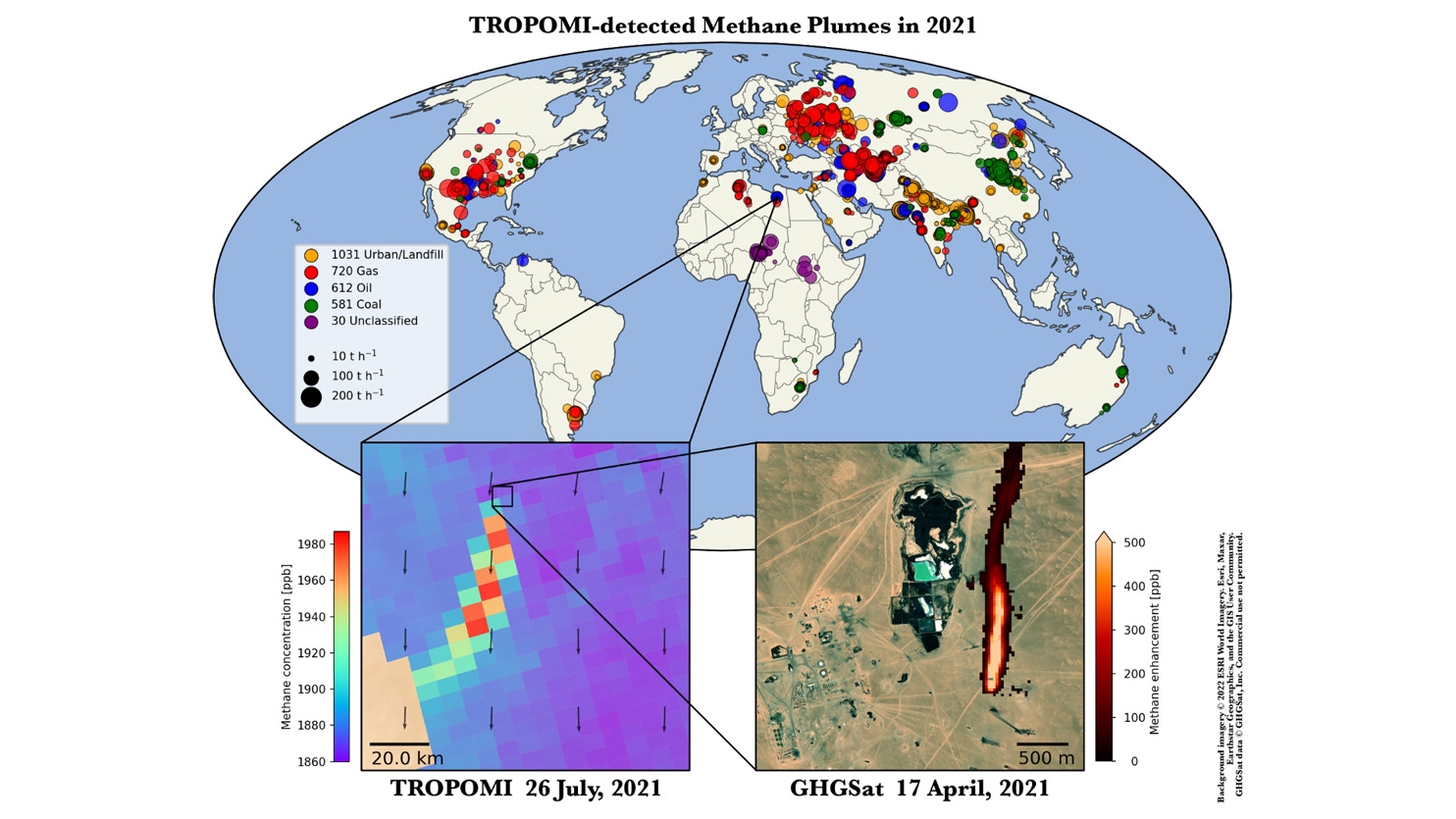
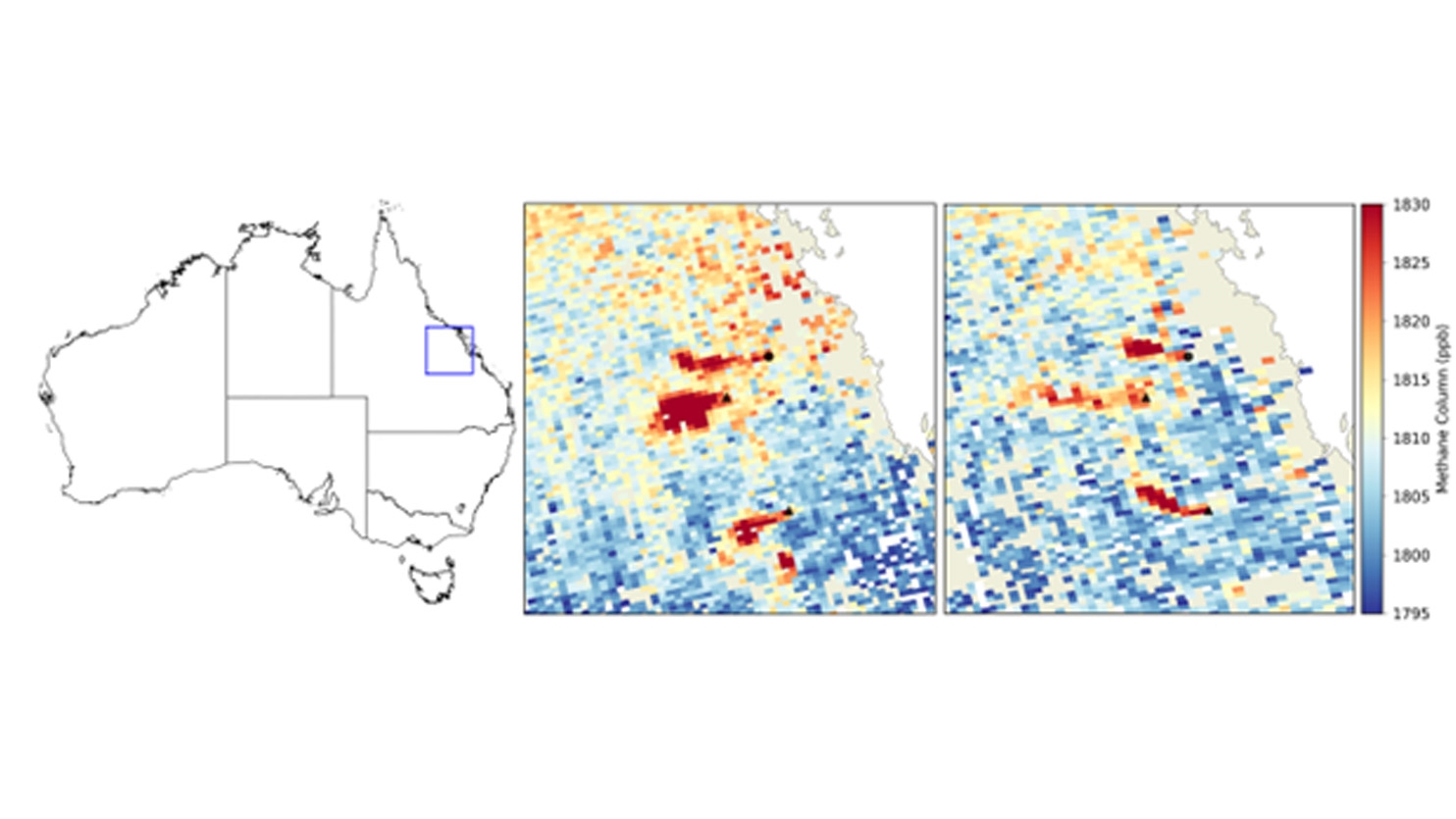
Get inspired
Optics
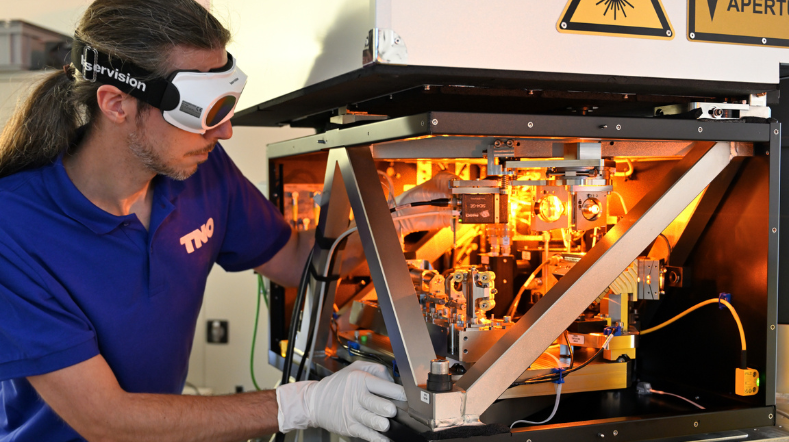

Time setter story: Max van Strien


TNO technology selected for Secondary Mirror of W. M. Keck Observatory


Time setter story: Benjamin Brenny
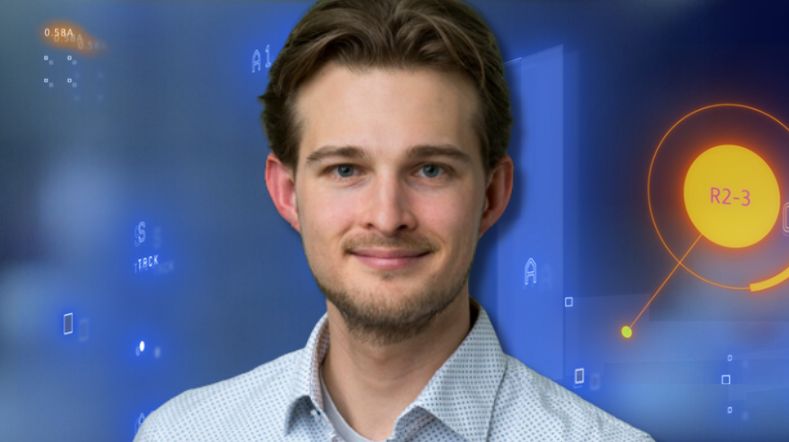

Space systems engineering
